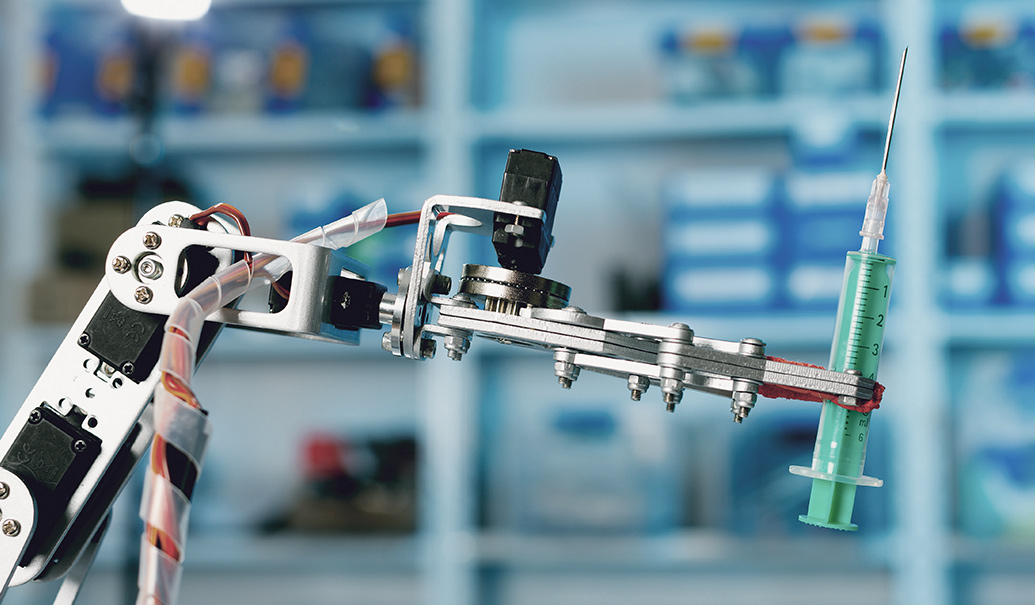“If you want to find the real competition, just look in the mirror. After a while you'll see your rivals scrambling for second place.”— Criss Jami
The above quote by American poet Criss Jami is not just an inspiring view on self-improvement, but also a necessary reminder to any individual or entity on the importance of taking a proactive approach, rather than a reactive one, to seeking improvement. Operational excellence is to business what the philosophy of self-improvement is to human beings: The need for constant evolution—whether to stay ahead of the curve, stay relevant or be profitable—is inevitable.
In the face of growing competition, increasing pricing pressures and strict regulations, pharma companies are finding it imperative to reduce their costs and increase profitability. And adopting operational excellence and agile transformation is the way forward. However, despite putting money and effort into developing processes and implementing modern technologies, most organizations have not been able to capitalize on it, as these changes have been slow, providing little coverage against disruptions in the industry.
To understand the gaps in U.S. pharma operations and companies' priorities during COVID-19, we designed and carried out our inaugural operations excellence and transformation study. As part of the study, we benchmarked pharma companies across a wide range of operational aspects. The study provided us insight into the current state of our clients’ operations, as well as the future of these operations.
“Robust process excellence initiatives are correlated to higher profitability, and thriving in a digital world means focusing on maximizing operational competency.”
Lack of top-down approach toward process excellence: To ensure continuous process excellence, it is necessary to have some level of centralized strategy in place. The top-down approach not only makes the process excellence more proactive, but also ensures that individuals/departments are aligned to the goals and improvements required to achieve the same. In our study, we found that even today, 82% of participating firms' process excellence initiatives are driven by individual departments and often lack scalability. Hence, organizations need a more structured top-down approach to drive continuous improvements.
Gap between data ingestion and generation of actionable insights: Although the participating pharma firms are increasingly embracing data-driven decision-making and becoming more proficient in data ingestion, these firms are still finding it challenging to generate actionable insights for the said data. On one hand, all firms reported either being better or competitive in terms of data ingestion. On the other hand, 29% of the same firms believe they are behind their competition in generating actionable insights through their existing analytics platforms, with 90% admitting to not having agile data platforms that integrate with third-party sources. Given the fact that actionable insights are necessary for making outcome-oriented decisions, realizing cost savings and being more proactive, organizations must seek improvement in this respect.
Lack of an automation mindset: The survey revealed that most firms try to incorporate cutting-edge digitization and automation practices to be competitive. However, 71% of firms confirmed that they lack the automation mindset, i.e., they focus on individual use cases based on business opportunities rather than overall process transformation. These firms tend to fall back on human effort as their first option. Only a couple of firms have incorporated AI/ML as an integral part of their business strategy.
Limited advantage observed by firms in upskilling: The advantages of upskilling employees is not lost on the firms; in fact, 71% of the participating firms intend to upskill their employees to suit the changing business and resource needs. These firms seem to prefer training current employees in different roles and profiles to searching for external talent. However, when it comes to modern capabilities, such as AI and analytics, almost all firms prefer hiring external talent and leveraging partnerships to reduce time to value.
Reactive approach toward change-management: Most pharma firms have a structured approach for driving change management. However, change management efforts are often reactive and tactical. 53% of firms do not have dedicated roles or KPIs in place for driving and measuring change management initiatives.
Our study revealed that organizations progressing the most in digitizing their core business processes are also on the leading edge of AI adoption. Firms are even proactively partnering with budding startups and tech firms to fast-track their AI and ML implementations to drive better patient outcomes and reduced costs. Overall, we’re noticing that robust process excellence initiatives are correlated to higher profitability, and thriving in a digital world means focusing on maximizing operational competency.
Future excellence
The aforementioned findings not only reinforce the constant need to improve processes to upstage the competition and make the desired returns, but also holds up the mirror to the firms for them to recognize their priorities in the face of the disruptive force of COVID-19. These priorities are digitization, automation and analytics.
Digitization: To achieve the desired results in operational processes, businesses should look toward digitization to bring about transformation. These firms can generate significant efficiencies in all operations domains, from sales to compliance, by integrating the newest digital tools such as personalized digital assistants, chatbots and fully integrated systems. The availability of digital tools and solutions ensure effective decision-making at all levels of an organizational hierarchy.
Automation: Pharma leaders must ask themselves: If not now, then when? Automation is becoming the strategy for driving operational excellence and agile transformation. Overall, there is a need for a more determined effort toward automation, since automated processes not only ensure cost savings, but also free up the time of employees who can address tasks relative to their skills. Leveraging robotic process automation, AI and ML ensures efficiencies in end-to-end operational processes.
Analytics: With the abundance of data available in a variety of data sources, potential insights are, metaphorically speaking, anxious to pop out of raw data. Firms should focus on ensuring that all analytics tools and platforms are integrated and the insights generated by them are actionable, requiring minimal manual intervention.
Pricing pressure, aggressive competition, evolving landscape and the disruption caused by the pandemic have all cast an immense shadow on the future of operations. These challenges have also been instrumental in keeping businesses on their toes. And businesses have been quick to meet the challenge with appropriate measures. However, in order to overcome the challenges and deliver the best patient experience, firms need to recognize the scope and make a sincere and wholehearted effort toward achieving process excellence and redefining their operations roadmap.
















